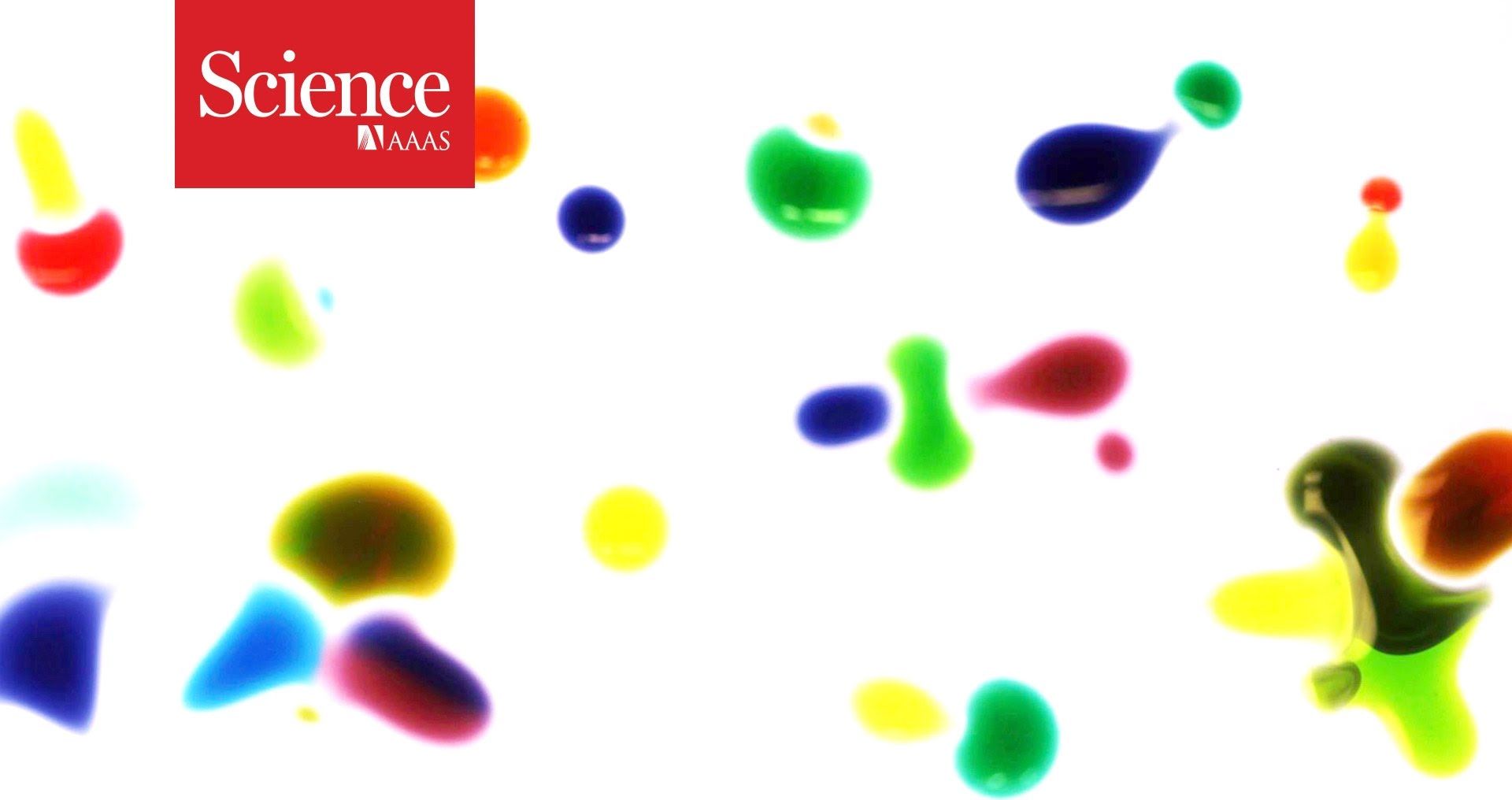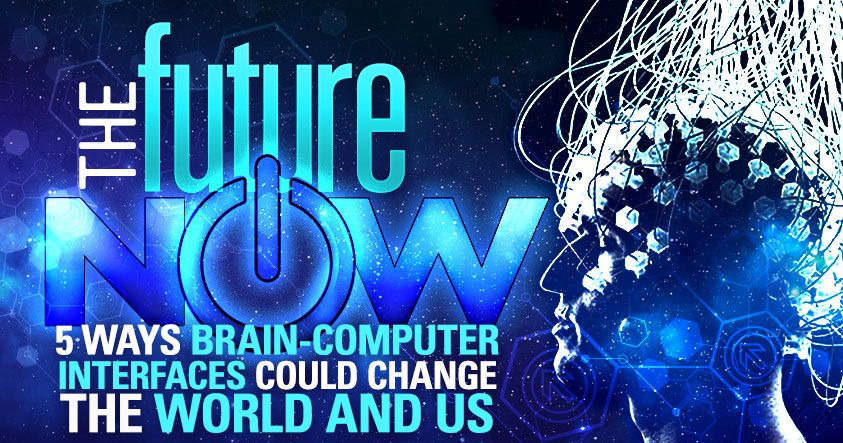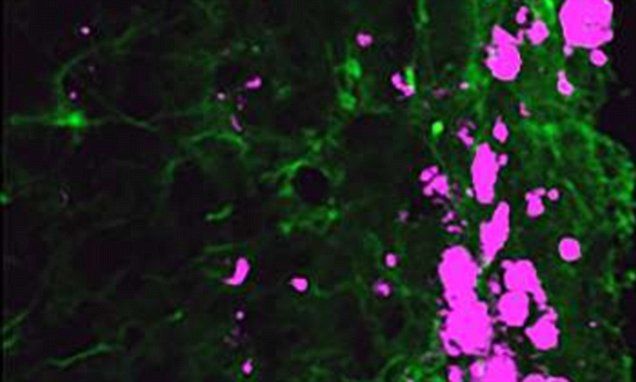Feb 24, 2016
Baltimore hackers say they reveal potentially deadly cybersecurity weaknesses at area hospitals
Posted by Karen Hurst in categories: biotech/medical, cybercrime/malcode
What happens when a patient is in X-Ray and the X-Ray machine blows up like a bomb killing the patient and staff in the room? Well, a new report shows that it can happen where machines are connected to any network (including the net) because a team of hackers showed in their report how they were they hacked several D.C. and Maryland Hospitals medical devices and numerous machines including life support, X-Rays, etc.
Area hospitals are riddled with cybersecurity flaws that could allow attackers to hack into medical devices and kill patients, a team of Baltimore-based researchers has concluded after a two-year investigation.
Hackers at Independent Security Evaluators say they broke into one hospital’s systems remotely to take control of several patient monitors, which would let an attacker disable alarms or display false information.


















